Creative Halloween Costume – Costume Culture And Climate Conscience
Reimagining Halloween Fashion With Style, Intention, And Environmental Care
Halloween is a celebration of transformation, imagination, and playful identity. But behind the sparkle and spectacle lies a growing environmental cost. Most store-bought costumes are made from synthetic materials, worn once, and discarded—adding to landfill waste and microplastic pollution.

The Hidden Cost Of Store-Bought Costumes
Why Fast Fashion Is The Least Magical Part Of Halloween
Most commercial costumes are made from polyester, PVC, and nylon—materials derived from fossil fuels. These fabrics shed microplastics, resist decomposition, and often end up in landfills after a single wear. Packaging, wigs, and foam props add to the seasonal spike in waste. The fashion industry already contributes significantly to global emissions, and Halloween amplifies this through short-term consumption. But not all store-bought costumes are inherently bad. Some can be reused, repurposed, or donated. The key is knowing what you’re buying and how long it will last. Fast fashion thrives on impulse—but Halloween thrives on imagination. Choosing sustainable alternatives doesn’t mean giving up flair. It means designing with purpose, not just convenience.
| Costume Source | Pros | Cons |
|---|---|---|
| Store-Bought | Convenient, recognizable | Wasteful, synthetic, short-lived |
| DIY | Creative, personal, flexible | Time-consuming, trial-and-error |
| Thrifted | Affordable, textured, unique | Sizing issues, limited stock |
| Natural Fabrics | Breathable, biodegradable | Can be pricier or harder to find |
| Modular Design | Reusable, adaptable | Requires planning and styling |
Thrifted Textures And Symbolic Style
How Secondhand Clothing Adds Depth, Story, And Sustainability
Thrift stores offer more than affordability—they’re archives of forgotten glamour and layered symbolism. A velvet curtain becomes a vampire cloak. A sequined top becomes a disco ghost. Mixing eras and materials creates costumes with emotional resonance and visual richness. Thrifting also reduces textile waste and diverts garments from landfills. You’re not just assembling a look—you’re curating a narrative. Each item carries history, mystery, and potential. Halloween thrives on reinvention, and thrift stores are its playground. The process of searching, selecting, and styling becomes part of the ritual. The result is a costume with soul, not just surface.
| Item Type | Costume Potential | Symbolic Mood | Sustainability Benefit |
|---|---|---|---|
| Velvet Curtain | Vampire Cloak, Royal Robe | Power, Secrecy | Textile Reuse |
| Lace Blouse | Ghost Veil, Victorian Spirit | Memory, Femininity | Avoids Synthetic Lace |
| Denim Jacket | Punk Zombie, Rebel Outlaw | Resistance, Decay | Durable And Upcycled |
| Sequined Top | Disco Ghost, Glam Ghoul | Celebration, Illusion | Diverts Landfill Waste |
| Wool Scarf | Forest Witch, Elemental | Protection, Ritual | Natural Fiber Sustainability |
DIY Costumes That Feel Like You
How Everyday Clothing Can Become A Personal Ritual
DIY doesn’t mean duct tape and desperation. With a little creativity, your closet becomes a costume studio. A black jumpsuit can be a cat, a spy, or a space traveler. A white sheet becomes a creative canvas for becoming a ghost, a toga, or a surrealist artwork moving picture canvas. Add accessories—scarves, belts, jewelry—and suddenly you’re telling a story. The best DIY costumes are archetypal, not literal. Think “forest witch” instead of “Maleficent.” Think “punk zombie” instead of “Walking Dead extra.” You save money, reduce waste, and avoid the polyester sweat trap. Plus, you get to brag that you made it yourself.
| DIY Element | Costume Possibility | Creative Edge | Environmental Win |
|---|---|---|---|
| Black Jumpsuit | Cat, Spy, Alien | Sleek, Versatile | No New Materials Used |
| White Sheet | Ghost, Toga, Surrealist | Minimalist, Ironic | Repurposed Textile |
| Denim Anything | Punk, Scarecrow, Outlaw | Textured, Rebellious | Durable And Reusable |
| Scarf Or Shawl | Fortune Teller, Forest Witch | Layered, Symbolic | Multi-Use Accessory |
| Pajamas | Sleepwalker, Dream Spirit | Soft, Surreal | Comfort And Reuse |
Fabrics That Breathe, Not Bleed
Why Natural Materials Make Better Costumes (And Better Memories)
Synthetic fabrics may be cheap, but they’re clingy, sweaty, and environmentally toxic. Natural fibers like cotton, linen, hemp, and bamboo offer breathability, comfort, and biodegradability. These materials feel better on the skin and photograph beautifully under candlelight or moonlight. You can dye them with amazing designs. Linen wraps can evoke ancient priestesses or forest spirits. Hemp tunics work for druids, scarecrows, or elemental beings. Bamboo is soft and ideal for body-hugging silhouettes. Choosing natural materials is a statement of care—for yourself and the planet. Halloween becomes a tactile ritual, not just a visual one.
| Fabric Type | Costume Use | Symbolic Mood | Sustainability Benefit |
|---|---|---|---|
| Cotton | Base Layer, Tunic | Simplicity, Softness | Biodegradable And Breathable |
| Linen | Wrap, Robe | Ancient, Ethereal | Low-Impact Cultivation |
| Hemp | Tunic, Cloak | Earthy, Grounded | Durable And Compostable |
| Bamboo | Bodysuit, Drape | Fluid, Sensual | Renewable And Soft |
| Wool | Cape, Scarf | Warmth, Protection | Natural Insulation |

Style That Speaks Without Shouting
How Symbolic Costumes Create Emotional Depth And Visual Clarity
Costumes aren’t just outfits—they’re emotional language. A mask can represent concealment, rebellion, or transformation. A cape might evoke power, mystery, or protection. Revealing costumes can express confidence, vulnerability, or mythic femininity. Styling becomes a form of storytelling. When you choose materials intentionally, the symbolism deepens. A recycled lace veil might speak to memory and mourning. A sheer wrap could symbolize transparency and truth. Even minimalist costumes carry meaning through silhouette and texture. Halloween is a ritual of emotional projection, and sustainable styling makes that projection more authentic.
| Costume Element | Symbolic Theme | Emotional Tone | Sustainable Material Option |
|---|---|---|---|
| Mask | Concealment, Duality | Mystery, Introspection | Recycled Paper Or Fabric |
| Cape | Power, Protection | Strength, Drama | Upcycled Velvet Or Wool |
| Sheer Wrap | Vulnerability, Transparency | Sensuality, Openness | Organic Silk Or Cotton Gauze |
| Lace Veil | Memory, Mourning | Elegance, Nostalgia | Vintage Lace Or Hemp Blend |
| Tunic | Simplicity, Ritual | Grounded, Elemental | Linen Or Hemp |
Revealing With Respect
How Body-Conscious Costumes Can Be Ethical, Expressive, And Empowering
Revealing costumes don’t have to be wasteful or shallow. A body-conscious look made from organic cotton or upcycled silk can be both sensual and sustainable. Strategic cutouts, sheer layers, and sculptural shapes highlight the body without commodifying it. Ethical fashion is about intention—not restriction. You can be bold and eco-aware at the same time. Use adjustable wraps, modular pieces, and vintage lingerie to create layered looks. Transparency becomes a metaphor, not just a style. When you design with care, even minimal coverage becomes maximal meaning. Halloween is a space for body politics and self-expression. Let your costume speak for both.
| Styling Technique | Material Choice | Message Conveyed | Sustainability Benefit |
|---|---|---|---|
| Sheer Layering | Organic Silk, Cotton Gauze | Vulnerability, Softness | Biodegradable And Breathable |
| Sculptural Bodice | Recycled Leather, Denim | Strength, Form | Durable And Upcycled |
| Strategic Cutouts | Hemp Or Linen Base | Confidence, Control | Minimal Material Use |
| Wrap Styling | Adjustable Natural Fabrics | Fluidity, Autonomy | Reusable And Versatile |
| Vintage Lingerie | Lace, Satin, Mesh | Nostalgia, Sensuality | Textile Preservation |
Modular Magic
Why Reusable Costumes Are The Future Of Halloween Fashion
Modular costume design allows for flexibility, layering, and long-term use. Reusability reduces waste and increases value. You can build a costume wardrobe over time, mixing and matching elements to create new looks each year. This approach encourages thoughtful styling and reduces impulse buying. Fashion becomes a ritual, not a transaction. Sustainable costumes are investments in creativity. They evolve with your identity and aesthetic. Halloween becomes a chapter in your personal style story.
| Modular Component | Styling Options | Seasonal Use | Sustainability Benefit |
|---|---|---|---|
| Black Jumpsuit | Witch, Cat, Superhero | All-Year Wear | Multi-Use Garment |
| Reversible Skirt | Fairy, Pirate, Dancer | Spring, Fall, Halloween | Reduces Textile Waste |
| Detachable Sleeves | Sorcerer, Robot, Glam Ghoul | Layering Flexibility | Customizable And Reusable |
| Adjustable Belt | Warrior, Steampunk, Elf | Everyday Accessory | Long-Term Utility |
| Wrap Tunic | Druid, Priestess, Ghost | Ritual And Casual Wear | Natural Fiber Adaptability |
Dyeing For Drama
How Natural Pigments Add Color Without Pollution
Synthetic dyes are vibrant but toxic, often leaching into waterways and harming ecosystems. Natural dyes offer a safer, more sustainable alternative. You can use beetroot for pinks, turmeric for golds, and spinach for greens. These dyes are non-toxic, biodegradable, and safe for skin contact. They create earthy, unpredictable tones that feel organic and expressive. Textile art becomes part of the costume’s story. Tie-dye, dip-dye, and brush painting allow for creative freedom. The process is meditative and immersive. You’re not just wearing color—you’re making it. This adds emotional resonance to the costume and turns it into wearable art.
| Dye Source | Color Produced | Costume Mood | Environmental Benefit |
|---|---|---|---|
| Beetroot | Pink, Magenta | Romantic, Surreal | Non-Toxic And Compostable |
| Turmeric | Yellow, Gold | Regal, Elemental | Antibacterial And Safe |
| Spinach | Green, Olive | Forest, Nature Spirit | Edible And Biodegradable |
| Red Cabbage | Blue, Purple | Mystic, Nocturnal | Kitchen Waste Reuse |
| Coffee Grounds | Brown, Sepia | Vintage, Grounded | Waste-To-Resource Conversion |

Costume As Ritual Object
Why Dressing Up Is More Than Performance
A costume isn’t just clothing—it’s a ritual object. It marks a transition, a performance, a symbolic act. When made sustainably, it carries intention and care. You can infuse meaning through materials, shapes, and gestures. A hand-sewn cloak might represent protection. A recycled mask might symbolize rebirth. These objects become part of your seasonal memory. They’re not disposable—they’re sacred. Halloween becomes a rite, not just a party. Your costume is your altar.
| Object Type | Symbolic Function | Emotional Role | Sustainability Strategy |
|---|---|---|---|
| Cloak | Protection, Transformation | Safety, Mystery | Upcycled Or Handmade |
| Mask | Identity, Concealment | Reflection, Duality | Recycled Paper Or Fabric |
| Belt | Power, Containment | Focus, Strength | Adjustable And Reusable |
| Veil | Memory, Mourning | Elegance, Nostalgia | Vintage Lace Or Hemp Blend |
| Tunic | Simplicity, Ritual | Grounded, Elemental | Linen Or Hemp |
Layering For Atmosphere And Adaptability
How Costume Depth Comes From Texture, Movement, And Seasonal Practicality
Layering isn’t just a styling trick—it’s a storytelling tool. A sheer shawl over a linen tunic adds mystery and movement. A wool cape thrown over a cotton base creates warmth and weight. Layers allow you to shift between archetypes: remove the veil, and the priestess becomes a wanderer. They also make costumes more adaptable to weather, comfort, and context. You can build a look that works indoors and outdoors, day and night. Layering also supports modular reuse—each piece can be styled differently next year. Texture becomes part of the narrative: rough wool suggests protection, while silk implies vulnerability. Movement matters too—flowing fabrics catch wind and candlelight. A layered costume feels lived-in, not manufactured. It’s fashion that breathes, bends, and belongs.
| Layer Type | Costume Function | Symbolic Effect | Practical Benefit |
|---|---|---|---|
| Sheer Shawl | Adds mystery and softness | Transparency, ritual | Lightweight and breathable |
| Wool Cape | Adds structure and warmth | Protection, authority | Insulating and durable |
| Linen Tunic | Base for multiple styles | Simplicity, grounding | Breathable and versatile |
| Velvet Wrap | Adds drama and richness | Elegance, secrecy | Reusable and theatrical |
| Belt Or Sash | Defines silhouette | Containment, focus | Adjustable and reusable |
Accessories With A Second Life
Why Props, Jewelry, And Details Should Outlast The Party
Accessories often get treated as throwaway extras—but they’re the glue that holds a costume together. A necklace can suggest lineage, magic, or rebellion. A walking stick becomes a staff, a wand, or a relic. Reusable accessories add depth and reduce waste. Instead of plastic swords or foam wings, look for items that can be worn again or repurposed. Vintage brooches, scarves, and belts often carry more character than novelty props. Even makeup can be chosen with sustainability in mind—opt for refillable palettes and biodegradable glitter. Accessories also help shift a costume’s tone, a crown turns a ghost into royalty, while a satchel makes a fairy look like a traveler. The best props feel like artifacts, not toys. They should invite questions, not just photos. Halloween is about illusion—but your accessories can be real.
| Accessory Type | Costume Role | Reuse Potential | Symbolic Layer |
|---|---|---|---|
| Necklace Or Brooch | Adds lineage or magic | Everyday wear | Heritage, power |
| Walking Stick Or Cane | Becomes staff or wand | Home decor or reuse | Wisdom, mystery |
| Belt Or Harness | Shapes silhouette | Year-round accessory | Strength, containment |
| Satchel Or Bag | Adds function and story | Practical reuse | Journey, preparation |
| Refillable Makeup | Enhances character | Long-term use | Transformation, mood |

Footwear That Doesn’t Fail You
How Shoes Can Ground A Costume Without Breaking Character Or Comfort
Shoes are often the last thing considered—but they’re the first thing that can ruin your night. A stunning costume loses impact if paired with painful heels or flimsy boots. Sustainable footwear means choosing comfort, durability, and style that fits the character. Leather boots can work for witches, warriors, or wanderers. Canvas sneakers can be styled for ghosts, jesters, or dreamers. Thrifted shoes are ideal—they’re already damaged and broken in and often more unique. Avoid plastic costume shoes that crack, squeak, or fall apart. Footwear also affects movement: heavy boots slow you down, while soft soles let you glide. Think about terrain—grass, pavement, stairs—and choose accordingly. The right shoes support the story and the wearer. They should feel like part of the character’s world, not a last-minute fix. A costume begins at the feet.
| Shoe Type | Costume Fit | Comfort Level | Sustainability Factor |
|---|---|---|---|
| Leather Boots | Witch, warrior, outlaw | High | Durable and repairable |
| Canvas Sneakers | Ghost, jester, dreamer | Medium | Washable and reusable |
| Thrifted Heels | Glam ghoul, vampire, queen | Variable | Textile reuse |
| Sandals Or Flats | Forest spirit, druid, fairy | High | Minimal material use |
| Costume Plastic Shoes | Generic characters | Low | Non-recyclable and fragile |
Makeup That Tells A Story
Why Face Paint, Pigment, And Texture Should Be Part Of The Character Arc
Makeup isn’t just decoration—it’s transformation. A smudge of charcoal becomes a shadowy past. A streak of gold suggests divinity or illusion. Sustainable makeup means choosing products that are refillable, cruelty-free, and skin-safe. You can use natural pigments like beetroot, cocoa, or turmeric for subtle effects. Texture matters too—matte finishes feel grounded, while shimmer adds fantasy. Makeup can shift a costume’s tone: a pale face turns a dancer into a ghost, while bold eyeliner makes a fairy look fierce. Avoid plastic-based glitter and disposable applicators. Think of makeup as part of the costume’s emotional arc. It should evolve through the night, not just sit on the surface. The best looks feel like they’ve been lived in. Halloween is a performance—and your face is the stage.
| Makeup Element | Costume Impact | Symbolic Mood | Sustainability Benefit |
|---|---|---|---|
| Charcoal Or Ash | Adds shadow and depth | Mystery, memory | Natural and compostable |
| Gold Or Bronze Pigment | Suggests divinity or illusion | Power, fantasy | Mineral-based and refillable |
| Beetroot Tint | Creates warmth or flush | Romance, surrealism | Edible and biodegradable |
| Matte Foundation | Grounds the character | Realism, restraint | Long-wear and skin-safe |
| Biodegradable Glitter | Adds sparkle without harm | Celebration, magic | Eco-friendly alternative |
Decor That Complements The Costume
How Environmental Styling Enhances Atmosphere, Symbolism, And Sensory Impact
Costumes don’t exist in a vacuum—they interact with the space around them. Thoughtful decor can elevate a costume’s mood, deepen its symbolism, and create immersive experiences. Natural materials like branches, stones, and fabric scraps can be arranged to reflect the character’s world. A forest witch costume feels more alive beside moss, candlelight, and dried herbs. A time traveler gains depth with clocks, maps, and layered textures. Sustainable decor avoids plastic props and disposable banners, favoring reusable elements and handmade details. Lighting matters too—warm tones evoke intimacy, while shadows add mystery. Decor can be made for long term modular, completely portable, and adaptable across events if done with that in mind. It’s not about spectacle—it’s about coherence. When costume and environment align, the result is theatrical and emotionally resonant. Halloween becomes your stage, not just another day but a day to stand out.
| Decor Element | Costume Synergy | Sensory Effect | Sustainability Strategy |
|---|---|---|---|
| Natural Branches | Forest, Witch, Druid | Earthy, Textured | Compostable And Local |
| Candlelight Or Lantern | Ghost, Priestess, Spirit | Warmth, Mystery | Reusable And Low-Energy |
| Fabric Scraps | Traveler, Rebel, Dreamer | Movement, Depth | Upcycled And Modular |
| Antique Props | Time Traveler, Royalty | Nostalgia, Storytelling | Thrifted And Durable |
| Handmade Signs | Activist, Guardian, Jester | Message, Humor | Paper-Based And Recyclable |
Rituals That Reinforce The Look
Why Movement, Gesture, And Voice Complete The Costume Experience
A costume isn’t just visual—it’s performative. The way you move, speak, and interact can reinforce your character and deepen the experience. A slow walk adds gravity to a priestess; a playful skip suits a trickster. Gestures like hand signals, cloak swirls, or mask adjustments become part of the ritual. Voice matters too—tone, rhythm, and silence can shape perception. These elements require no extra materials, only intention. They also make costumes more memorable and emotionally resonant. Ritual behavior invites others into your world, creating shared atmosphere. It’s not about acting—it’s about embodiment. Sustainable fashion includes sustainable performance: gestures that last longer than glitter. Halloween becomes a living story, not just a photo op.
| Ritual Element | Costume Role | Emotional Effect | Material Requirement |
|---|---|---|---|
| Movement Style | Walk, Skip, Glide | Mood And Presence | None |
| Gesture | Cloak Swirl, Mask Touch | Symbolism And Rhythm | Costume Integration |
| Voice Tone | Whisper, Chant, Silence | Mystery And Intensity | Vocal Awareness |
| Interaction | Eye Contact, Pause, Humor | Connection And Play | Social Engagement |
| Repetition | Ritual Actions, Pacing | Memory And Impact | Embodied Performance |
Costume Planning As A Creative Ritual
How Preparation Becomes Part Of The Celebration
Planning a costume is often rushed—but it can be a meaningful ritual. Sketching ideas, gathering materials, and testing combinations builds anticipation and emotional investment. It also reduces waste by avoiding impulse purchases and last-minute panic. Sustainable planning means starting early, sourcing thoughtfully, and designing with reuse in mind. You can build mood boards, try thrifted pieces, and experiment with layering. Involving friends or family adds collaboration and shared excitement. Planning also allows for symbolic depth—choosing colors, textures, and shapes that reflect your intention. The process becomes part of the celebration, not just the setup. Halloween starts when the idea begins. A well-planned costume carries care, creativity, and continuity.
| Planning Step | Creative Benefit | Emotional Outcome | Sustainability Impact |
|---|---|---|---|
| Sketching | Visual Exploration | Imagination And Focus | No Material Waste |
| Thrifting | Material Discovery | Surprise And Texture | Textile Reuse |
| Layer Testing | Styling Flexibility | Comfort And Expression | Modular Design |
| Mood Board Creation | Symbolic Mapping | Depth And Coherence | Intentional Sourcing |
| Collaboration | Shared Ideas And Feedback | Connection And Joy | Resource Sharing |

The Costume As A Legacy Object
Why Some Looks Deserve To Be Preserved, Revisited, And Retold
Not every costume ends with the season. Some become legacy objects that mean something to you and otehr pieces that carry stories, emotional connection and creative change. You might save a cloak that marked a turning point, or a mask that captured a mood. Legacy costumes can be archived, adapted, or passed down. They become part of your personal mythology, connecting past Halloweens to future ones. Preservation doesn’t mean perfection—it means care. You can store items in breathable bags, label them with memories, or photograph them for reference. Legacy pieces also inspire new ideas, serving as foundations for future designs. They remind you of who you were, and who you’re becoming. Halloween isn’t just a night—it’s a narrative. Let your costumes tell it.
| Legacy Element | Preservation Method | Emotional Value | Creative Potential |
|---|---|---|---|
| Cloak Or Robe | Breathable Storage Bag | Protection And Memory | Reuse And Restyling |
| Mask Or Headpiece | Labeled Box Or Display | Identity And Mood | Symbolic Reference |
| Tunic Or Wrap | Folded With Notes | Comfort And Ritual | Layering And Adaptation |
| Photograph Or Sketch | Digital Archive | Visual Reminder | Inspiration And Continuity |
| Shared Story | Oral Or Written Record | Connection And Legacy | Cultural Mapping |
Join The Ritual, Not Just The Party
How Sustainable Costumes Make Halloween More Meaningful, Memorable, And Magical
Halloween is more than a night of costumes—it’s a ritual of transformation, storytelling, and shared imagination. When we design with care, we elevate the experience. Sustainable costumes aren’t about restriction—they’re about intention, creativity, and emotional depth. From thrifted textures and natural dyes to symbolic styling and modular reuse, every choice becomes part of the narrative. This editorial has explored how to make Halloween fashion expressive, ethical, and enduring. The goal isn’t to be perfect as Halloween is not. To wear something that feels like you, moves with you, and means something to you. Let your costume be a idea that you were creative and no something just that everyone can get. Let it carry memory, mood, and meaning.
Conclusion – Creativity With Conscience
Why Sustainable Costumes Make Halloween More Meaningful, Memorable, And Magical
Halloween is more than a costume—it’s a ritual of imagination, transformation, and emotional storytelling. When we design with care, we elevate the experience beyond novelty and into something lasting. Sustainable costumes aren’t about restriction—they’re about intention, originality, and symbolic depth. Every choice, from fabric to gesture, becomes part of the narrative. Whether you thrift, repurpose, or build from scratch, the result is a look that reflects who you are and what you value. This editorial has explored how to make Halloween fashion expressive, ethical, and enduring. The goal isn’t perfection—it’s presence. To wear something that feels like you, moves with you, and means something to you. Let yourself be you in a costume that reflects you.
Join The Discussion
Share Your Rituals, Your Materials, And Your Most Meaningful Transformations
What costume made you feel most like yourself? What materials helped you tell a story without saying a word? What rituals—big or small—made Halloween feel like a celebration of care, not just consumption?
#CostumeCulture #HalloweenCostumes #Halloween2025 #CreativeRituals #SustainableHalloween #ThriftedMagic #SymbolicStyle #Halloween #EcoFashionForFall #HalloweenWithHeart #ModularMasquerade #DIYWithDepth #WearYourStory

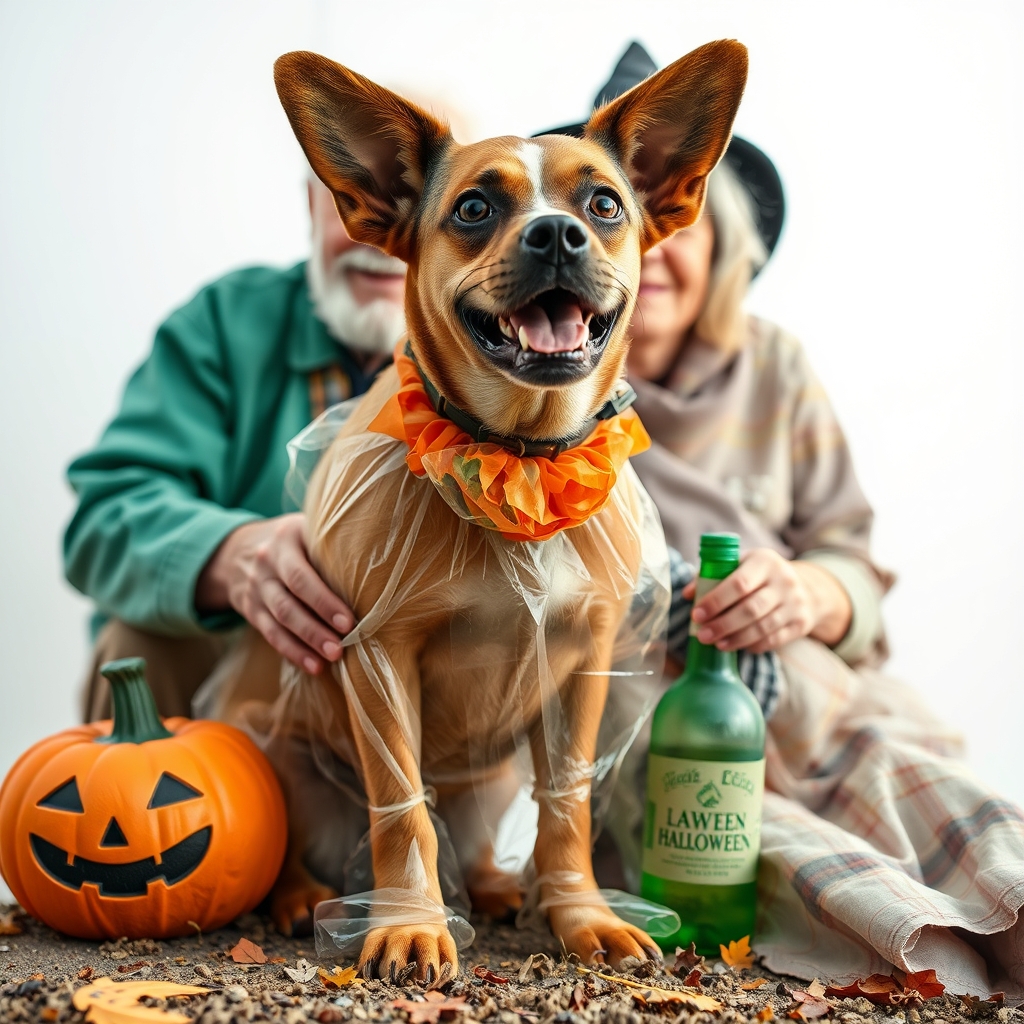



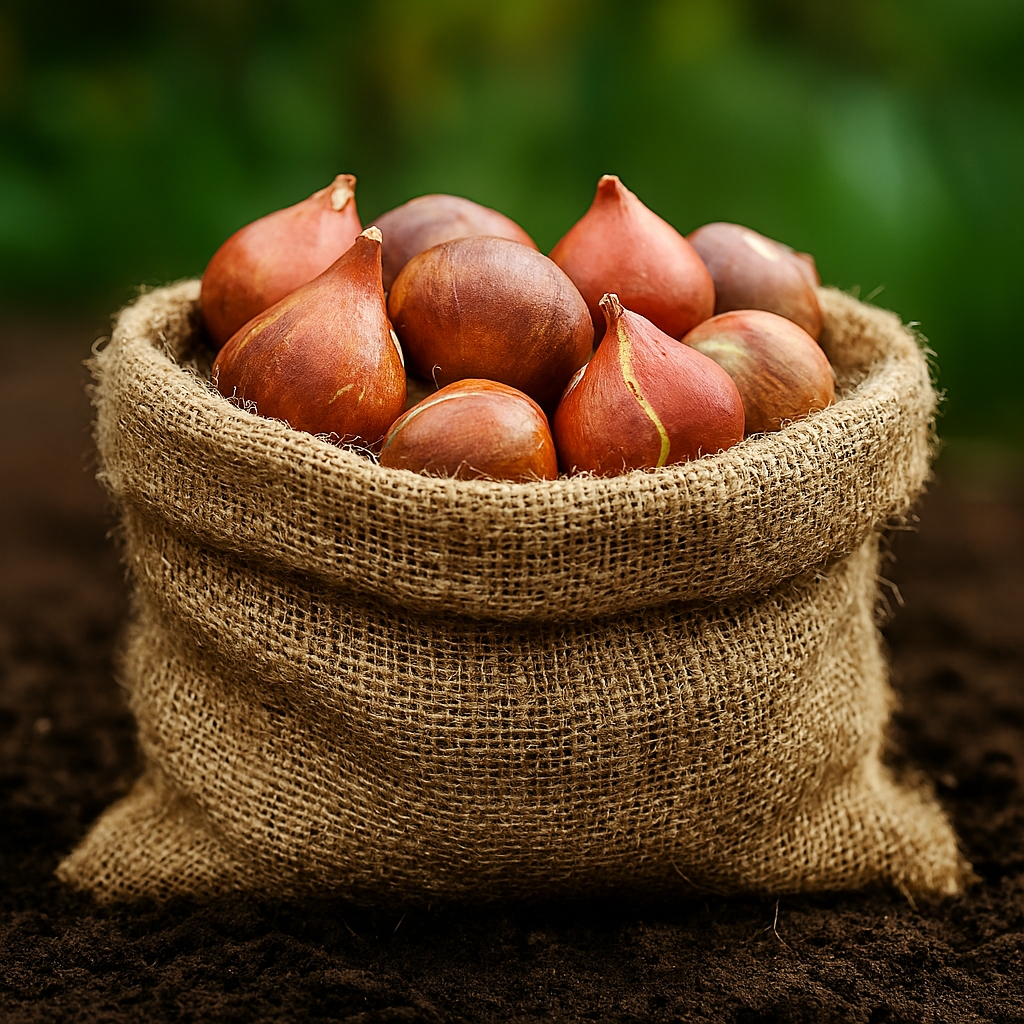
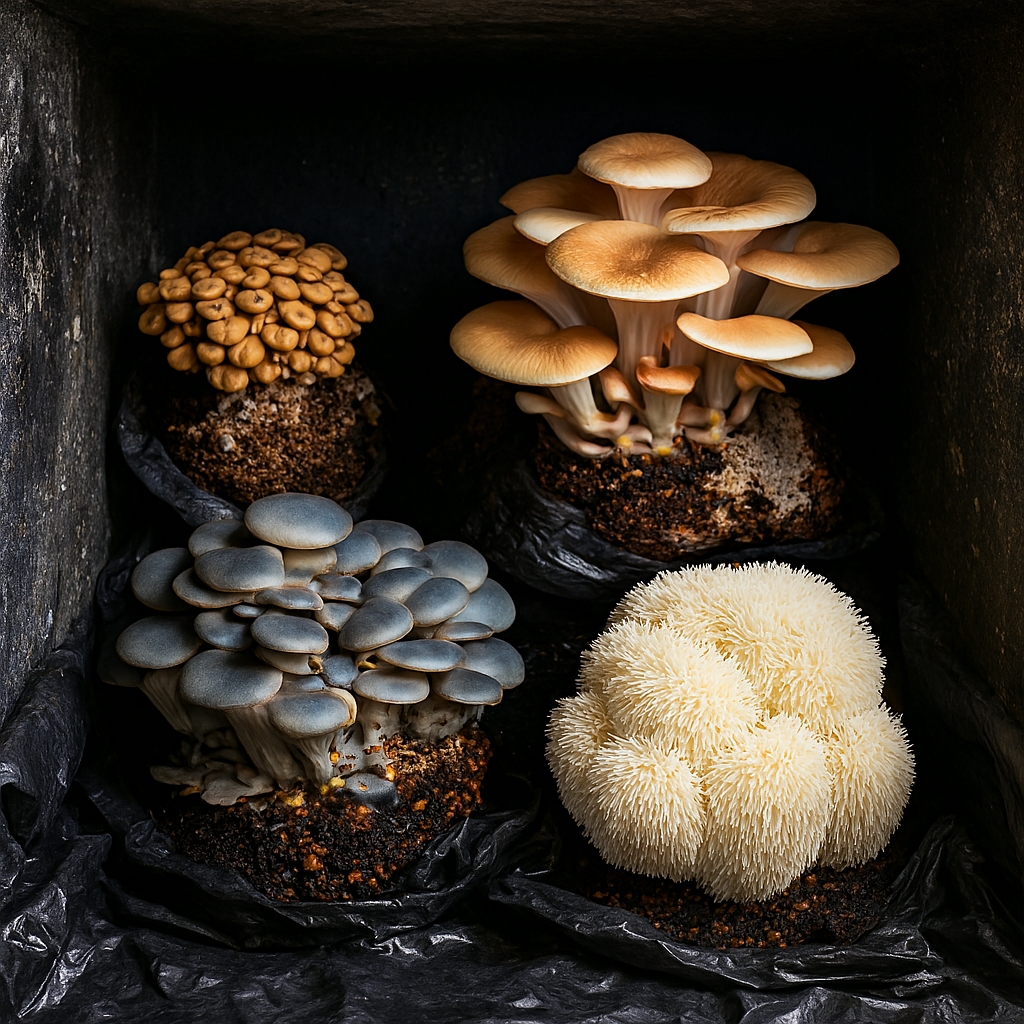



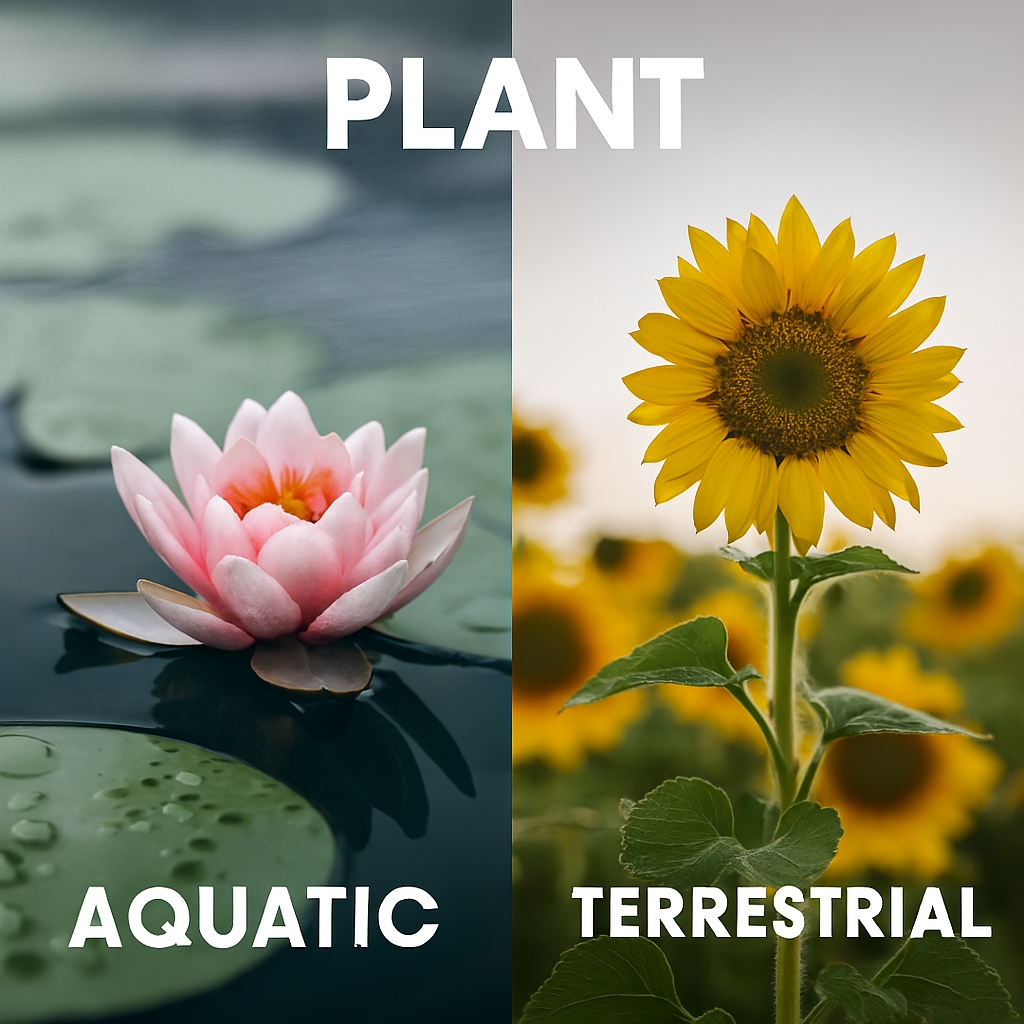

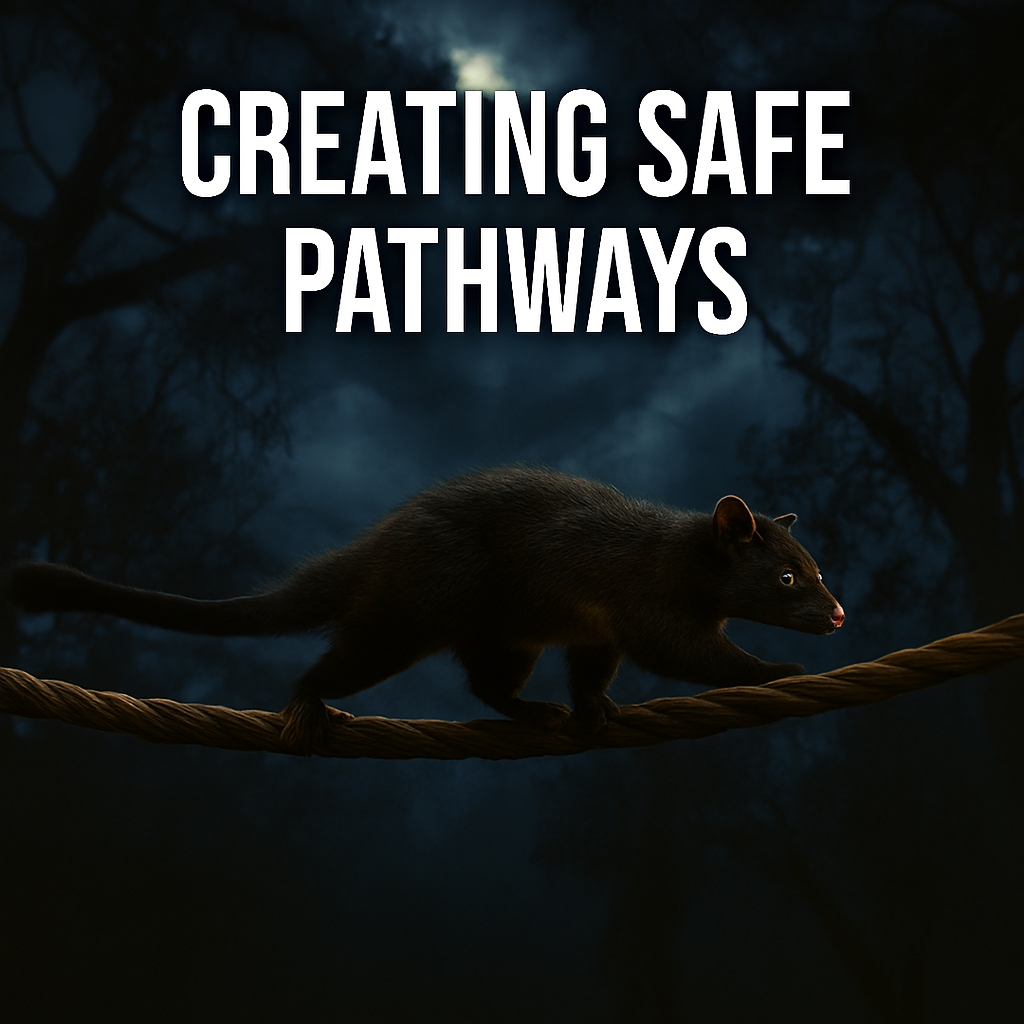
Spooky Halloween Sports Culture Creative Celebration
[…] theatrical—they deepen the athlete’s connection to their body and their role. Coaches can use Halloween to introduce movement metaphors: “run like a shadow,” “strike like lightning,” “defend like stone.” These metaphors […]